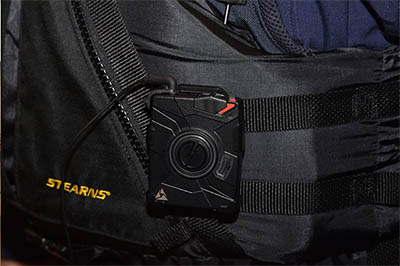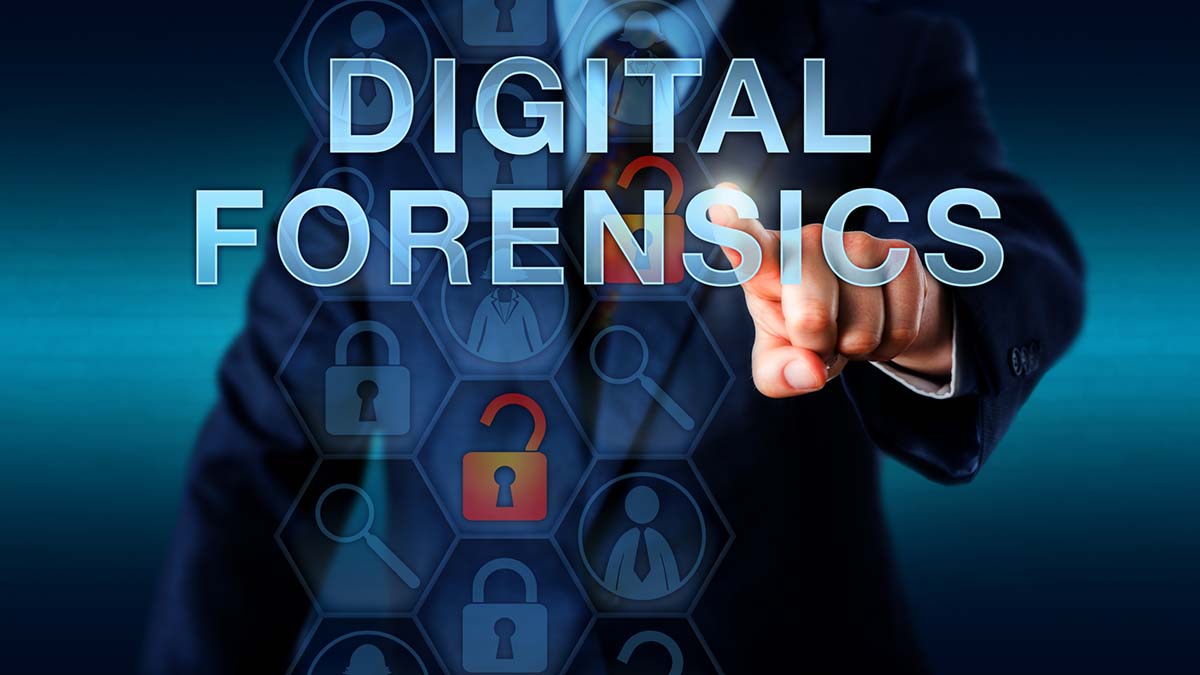Many police departments around the country use body worn cameras to capture officers’ interactions with citizens and suspects. When properly used, the footage from these encounters has proven helpful to prosecutors and defense attorneys, allowing both sides to examine one aspect of the encounter. When combined with eyewitness reports, police reports, footage from video cameras in the area and traditional evidence, a more complete understanding of the incident should be available. The growing popularity of body worn cameras has revealed, however, that the recordings can present a one-sided view, and are capable of being misused, misinterpreted, and tampered with.
Body worn cameras are typically turned on at the beginning of an officer’s shift. Meanwhile, the camera is in a buffering or standby mode, during which time it is turned on and rolling, but not permanently saving video footage. When the officer pushes the “event” button, the camera activates and begins saving the footage to its permanent memory. The footage it captures is continuously saved until the officer hits the event button again to deactivate the camera.
Most cameras have a pre-event buffer, which automatically and temporarily saves anywhere between 30 seconds to 2 minutes of the events occurring prior to the officer’s activation. This feature is designed to save the moments leading up to the police-civilian interaction. This is particularly useful in fast-moving, spontaneous situations, where the officer may not have time to hit record immediately. While the pre-event buffering records video, the audio is usually muted.
It is important for prosecutors and defense counsel to review the pre-activation recording. Particularly because the video may present a more complete and accurate understanding of the alleged events. It may also demonstrate an officer’s misconduct captured during the pre-activated recording (such as in cases of evidence tampering) before they realize the incident was recorded. Two recent cases provide sobering examples of this. In one, the pre-activation mode recorded an officer planting drugs. In another, it caught the officer fondling a dead woman’s breasts when his partner was out of the room.
Most camera systems also record other useful data. The systems create an audit trail of which officers reviewed the footage; when it was reviewed; whether a clip was created; whether anything was deleted; and whether footage was reviewed in the field shortly after the incident. This information is incredibly valuable in defending a client when police are accused of tampering with the camera recording times or footage.
Like any type of evidence, body camera footage is susceptible to manipulation and tampering. Officers can choose not to hit record, purposefully waiting to ensure things that would otherwise be captured in the pre-event buffer are omitted. Certain models of body worn cameras allow officers to stop and start the recording at will. Officers can also tailor their written reports after watching the footage in an effort to conform the two. Finally, body camera footage may be taken in a way to avoid showing the complete incident. For example, by only capturing footage after critical events have occurred, or by manipulating the camera’s angle to capture an obstructed, confusing view. There have been a number of cases where the officers’ body cameras appear to show a suspect resisting arrest; meanwhile a fixed location camera with a wider view shows the suspect complying.
Our ready reliance upon commonplace technology and smart phones as cameras should evoke caution. Defense counsel must take great care to ensure that the jury does not simply accept the footage of an incident as absolute proof. Camera footage, like many other forms of evidence, must be carefully examined and explained in context.
Stahl Gasiorowski Criminal Defense Lawyers aggressively defend individuals charged with complex federal and state crimes. Founder Robert G. Stahl is recognized as one of the top criminal defense attorneys in the NY/NJ area for his skills, knowledge and success. To contact the firm, call 908.301.9001 for the NJ office and 212.755.3300 for the NYC office, or email Mr. Stahl at rgs@sgdefenselaw.com.




Leave A Comment